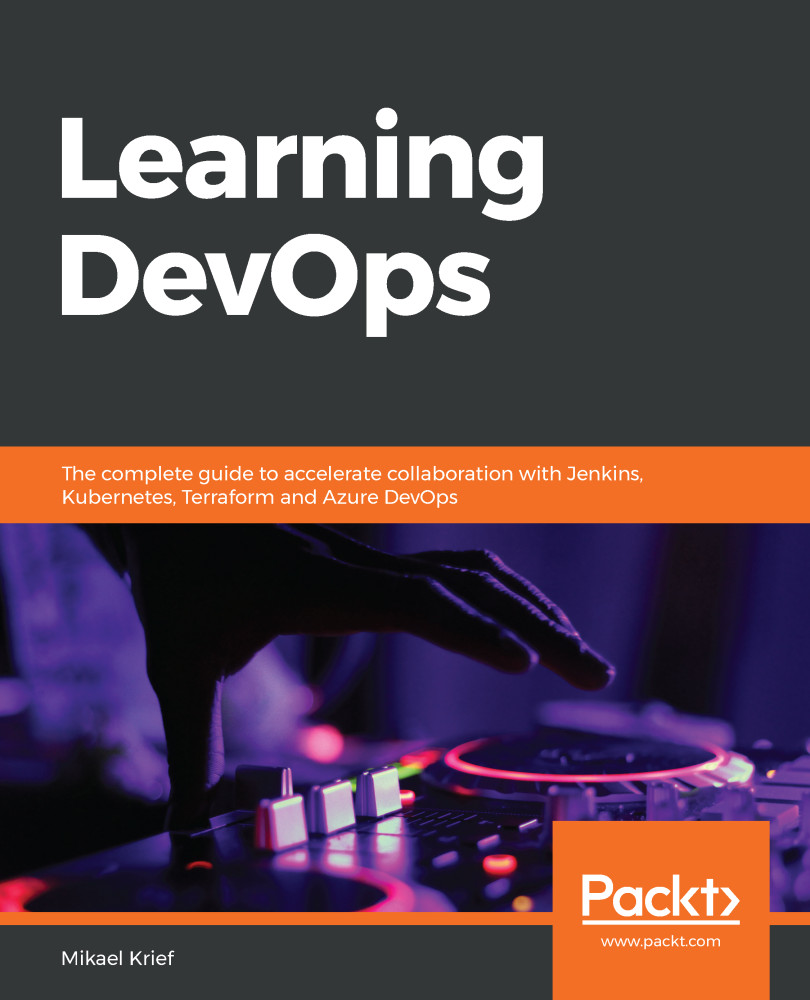So far, we have discussed DevOps practices such as Infrastructure as Code, CI/CD pipelines, and the automation of different types of tests.
In Chapter 1, DevOps Culture and Practices, we saw that these DevOps practices will improve the quality of applications and thus improve the financial gain of a company. We will now go deeper into DevOps practices by looking at how to ensure the continuous availability of your applications even during your deployments, and how to deliver new versions of these applications more frequently in production.
Often, what we see is that deployments require your applications to be interrupted by, for example, infrastructure changes or service shutdowns. Moreover, what we also see is that companies are still reluctant to deliver more frequently in production. They are not equipped to test the application in the production...


